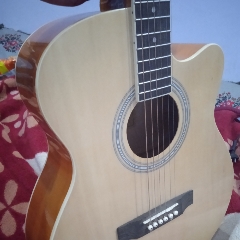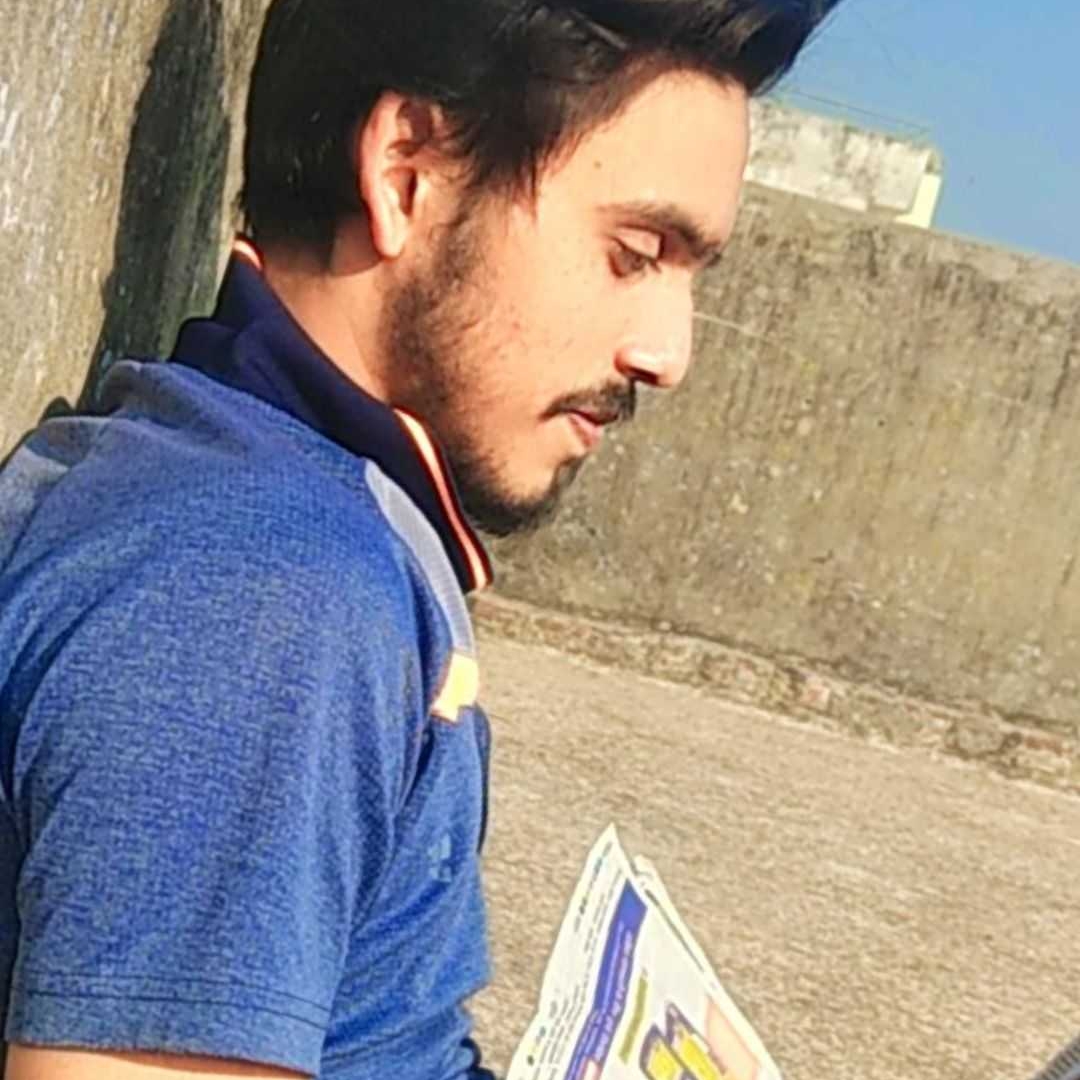Question 1 :
If a transversal intersects two parallel lines, then alternate interior angles have one common _________.
Question 2 :
<img style='object-fit:contain' src='https://teachmint.storage.googleapis.com/question_assets/cbse_ncert/61b1c7bdf59b460d7261e778.PNG' />
In the above figure, the value of y is
Question 3 :
<img style='object-fit:contain' src='https://teachmint.storage.googleapis.com/question_assets/cbse_ncert/61b1c7c5f59b460d7261e783.PNG' />
In the above figure, POQ is a line, then a is equal to
Question 4 :
Two lines in a plane which never meet at any point are called _________.
Question 5 :
<img style='object-fit:contain' src='https://teachmint.storage.googleapis.com/question_assets/cbse_ncert/61b1c7d9f59b460d7261e7a0.PNG' />
In the above figure, the legs of a stool make an angle of $35^{\circ}$ with the floor. What are the angles x and y?
Question 6 :
<img style='object-fit:contain' src='https://teachmint.storage.googleapis.com/question_assets/cbse_ncert/61b1c7eaf59b460d7261e7b8.PNG' />
In the above figure, examine whether AB and CD are parallel or not
Question 7 :
<img style='object-fit:contain' src='https://teachmint.storage.googleapis.com/question_assets/cbse_ncert/61b1c7bdf59b460d7261e777.PNG' />
In the above figure, $\text { POQ is a line. If } x = 30 ^ { \circ } \text { , then } \angle Q O R \text { is }$
Question 9 :
<img style='object-fit:contain' src='https://teachmint.storage.googleapis.com/question_assets/cbse_ncert/61b1c7e7f59b460d7261e7b4.PNG' />
In the above figure, two parallel lines l and m are cut by two transversals n and p. Find the values of x and y.
Question 10 :
<img style='object-fit:contain' src='https://teachmint.storage.googleapis.com/question_assets/cbse_ncert/61b1c7ddf59b460d7261e7a5.PNG' />
In the above figure, $A B \| C D , A F \| E D , \angle A F C = 68 ^ { \circ } \text { and } \angle F E D = 42 ^ { \circ } . \text { Find } \angle E F D.$
Question 11 :
<img style='object-fit:contain' src='https://teachmint.storage.googleapis.com/question_assets/cbse_ncert/61b1c7c3f59b460d7261e781.PNG' />
In which of the above figures, a and b are forming a pair of adjacent angles?
Question 12 :
<img style='object-fit:contain' src='https://teachmint.storage.googleapis.com/question_assets/cbse_ncert/61b1c7e3f59b460d7261e7ae.PNG' />
In the above figure, $QP \| RS$. Find the value of a.
Question 13 :
<img style='object-fit:contain' src='https://teachmint.storage.googleapis.com/question_assets/cbse_ncert/61b1c7dff59b460d7261e7a8.PNG' />
In the above figure, three lines AB, CD and EF intersect each other at O. $\text { If } \angle AOE = 30 ^ { \circ } \text { and } \angle DOB = 40 ^ { \circ }$, what is $\angle COF$?
Question 14 :
<img style='object-fit:contain' src='https://teachmint.storage.googleapis.com/question_assets/cbse_ncert/61b1c7c5f59b460d7261e784.PNG' />
In the above figure, $a = 40 ^ { \circ }$, The value of b is
Question 15 :
<img style='object-fit:contain' src='https://teachmint.storage.googleapis.com/question_assets/cbse_ncert/61b1c7d2f59b460d7261e795.PNG' />
In the above figure, if two angles have a common vertex and their arms form opposite rays. Then how many types of angles are formed?
















































